Let’s kick this off with a question. If you wanted (or even needed) to make a mold for something, where do you start?
Well, it sort of depends on what you’re hoping to form, of course. But, putting all technicalities aside for a minute, perhaps you could use silicone. It’ll take a little bit of time to mix up and potentially get quite mucky, but you’ll end up with a flexible, durable mold that can cope very well with low temperatures and continue to be useful after multiple uses. Think floppy ice cube tray – one of them.
If that isn’t doing it for you, maybe you could 3D print one instead. A few hours of work from your printer should (depending on your material decisions) produce a sturdy, strong mold that can cope with all manner of things, but it’s unlikely that it’ll be very flexible and might not be suitable for edible products. Best for mechanical components, probably.
This Mayku Formbox might do the trick. It’s a desktop vacuum former and its maker says it can produce quick, mess-free molds that’ll cover a variety of uses. According to Mayku, bases covered by the Formbox range from the prototyping of a new industrial product all the way to producing some quirky shaped confectionery.
Speaking of confectionery, there’s more than a couple of sweet-toothed colleagues here in the All3DP offices, so perhaps it’s time for us to get our side hustle on. Hold on to your hat, this could get messy. Deliciously messy.
Hands On
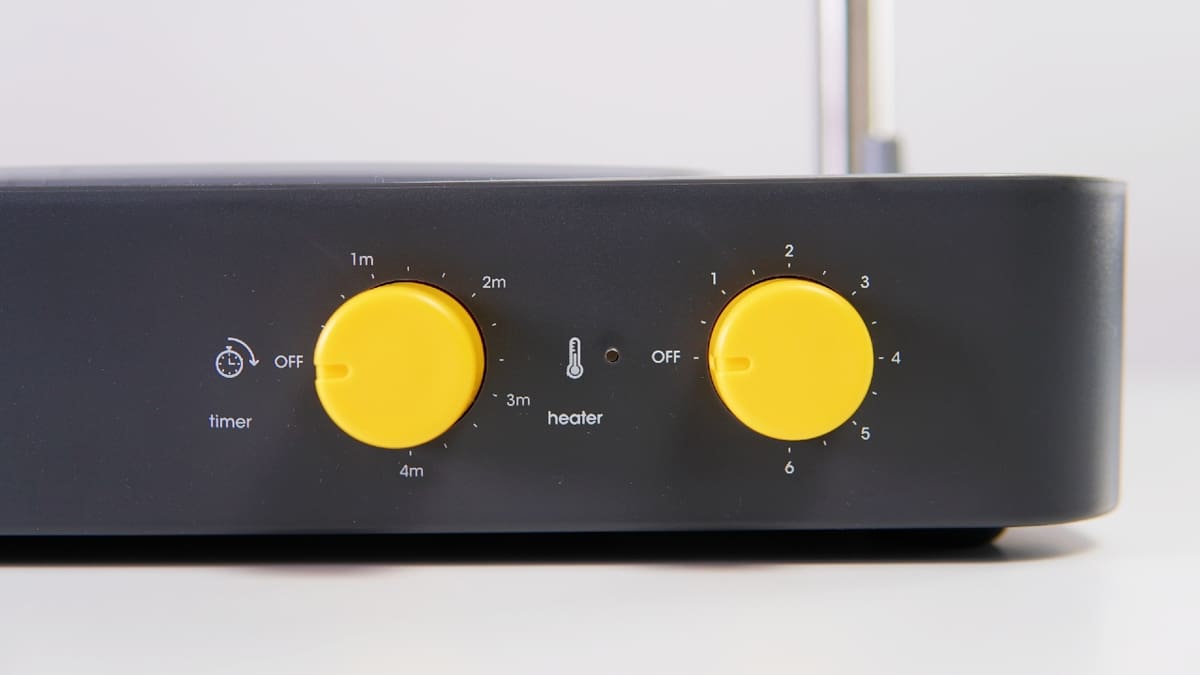
From what we can tell, it’s a fairly common activity to make tasty, curiously shaped chocolate treats with the Formbox. Have you ever wanted to eat a chocolate version of a friend or family member? What about some of your favorite terrain? What about a tool or cutlery? No? Us neither, but for this review, yes, yes, we have. And so have all our colleagues.
Using a combination of clever websites, photography, CAD software, and the office 3D printer squadron, we can hopefully make some detailed, stylish molds to pour chocolate into, set, and then eat. It really shouldn’t prove too difficult to do, and see if the Formbox can perform by adding a touch of personalization to a sweet treat, as well as another inch to the waistline.
THE TECH
There’s no real secret to what’s lurking underneath the body of the Mayku Formbox. Though it might look like a cross between a grill and a gas station, the Formbox is, in simple terms, a ceramic heater, a vertically movable tray, and a mesh for escaping air. A simple bit of tech and all the better for it.
What goes in the vertically movable tray, you ask? Well, plastic sheets actually, and there’s a fair selection you can choose from. Mayku provides you with its “Form” and “Cast” sheets to start with. Both of these sheets are 0.5mm thick, with the Form… formed from high-impact polystyrene while the cast sheets are made of food-safe PETG.
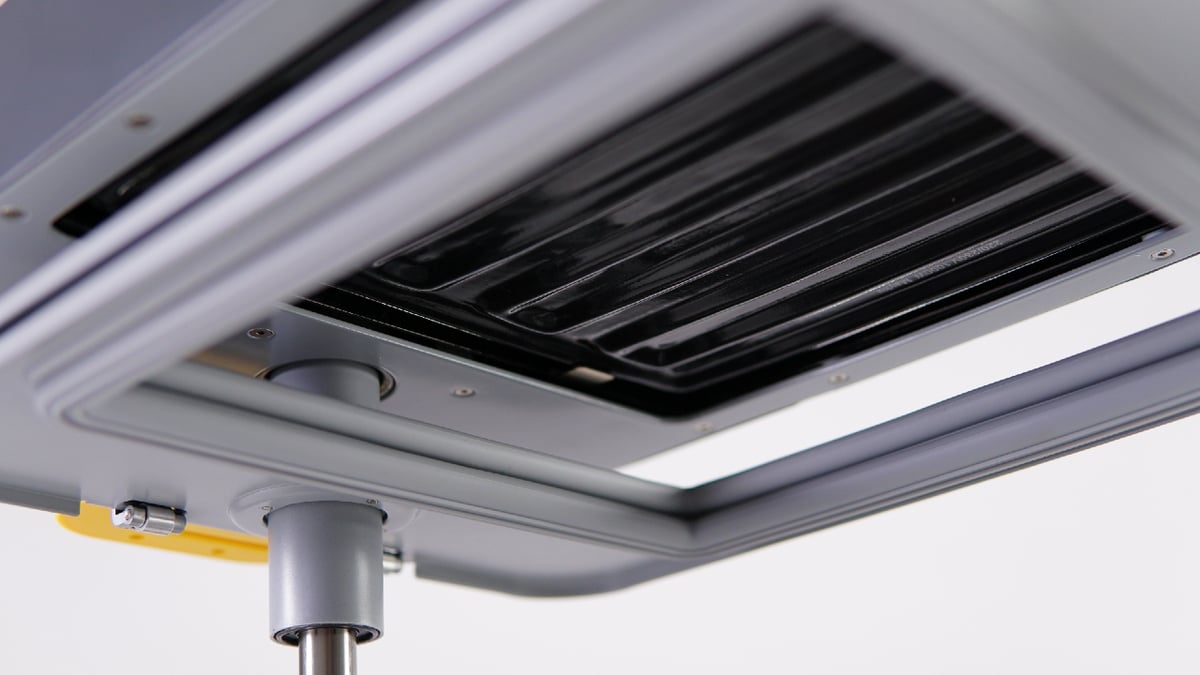
In case you didn’t work it out already, the different materials these sheets are made of essentially denote different uses, with the Form sheets more for product packaging or craft projects. In contrast, the cast sheets have a little more flex and a supposedly non-stick surface. That should make them perfect for chocolate, in theory. Oh, one extra plus point awarded to Mayku here as these sheets are both fully-recyclable, which is nice.
Here’s where it gets a little more interesting – you don’t have to use the sheets Mayku makes. You can use ABS, PS, PC, PP, PE, PVC and PMMA, which is definitely not a martial arts event, and definitely is Acrylic. The thickness of the materials will obviously be a factor here. Mayku says it has tested 0.3–1.5 mm, finding that to be the optimum range for materials, but creatives will naturally want to experiment and are encouraged to do so.
Naturally, the next sensible question will be about what you can put into your molds – actually, a fair few things. Of course, we’re going to be pouring chocolate into ours, but other edible things like ice and jelly work too. Mayku also mentions very inedible substances like jesmonite, plaster, concrete, and RTV silicone as being perfectly acceptable.
Resins won’t work, though, and neither will anything too hot for that matter. It probably goes without saying that placing your cast sheets into the oven or microwave will end in tears. You also shouldn’t try to make a mold out of anything too wet, too delicate, too squishy, or too living.
The heater is the top part of the Formbox. It can reach a temperature of over 337 °C , enough to make the plastic sheets get soft and droop towards the object you plan to mold. You pop one of these sheets into the tray, position it up under the heater – where it locks into place via the handles – and set the timer.
When sufficient floppiness has occurred, you give the tray (and the plastic sheet framed within) a good push down onto the mesh where your choice of not-living object is resting. As the tray hits the mesh, it comes into contact with a button activates your vacuum cleaner to start sucking, pulling all the air out from around your object, and forming the soft plastic around your object.
Oh yeah, you need a vacuum cleaner for this device to work. No vacuum, no party. Or, more accurately, no molds. Without a vacuum, this machine is just decorative, so make sure you have one on hand. Most standard vacuum cleaners should work as the Formbox comes with a universal adapter.
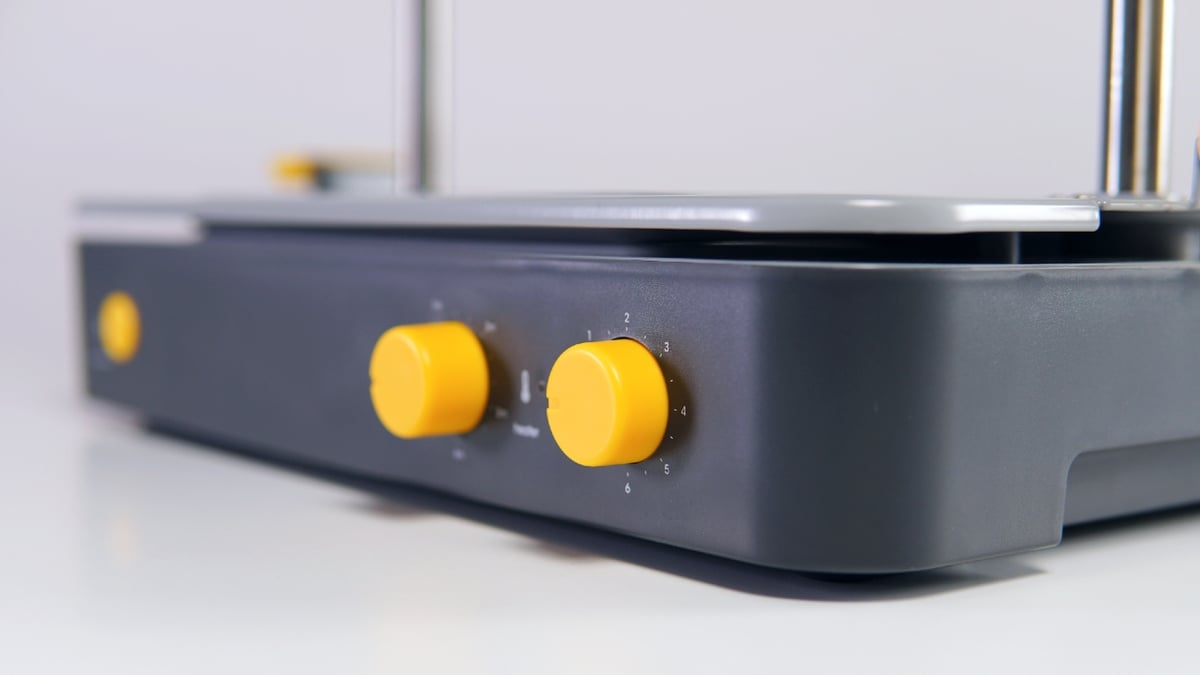
USABILITY
All of the controls are designed with ease of use in mind. There’s a timer to help you keep track of how long your plastic has been under the heater and a knob numbered 1 to 6 for the temperature. The bigger the number, the hotter it gets. How hot you need it to be and how long you need to grill your plastic sheet depends on the material you are using. For the “Cast” sheets we used in testing, a toasty “5” does the trick, followed by a minute and twenty seconds for optimum floppiness.
Anyone could use this machine and get a decent result out of it – it is almost absurdly simple. It does have its limitations, however. The shapes you put into the machine have to conform to simple vacuum forming rules, which are explained in the user guide that ships with the machine. Vertical sides and undercuts in the object will result in poor airflow, which produces an equally poor finish.
If you decide to mold something tall, awkward, and full of undercuts, your object will get trapped. The area you’re working with is only good for forming 200 x 200 mm, but ideally you’ll need 40 mm of clearance around each object to give a good mold. So, effectively, 160 x 160 mm is your workable area.
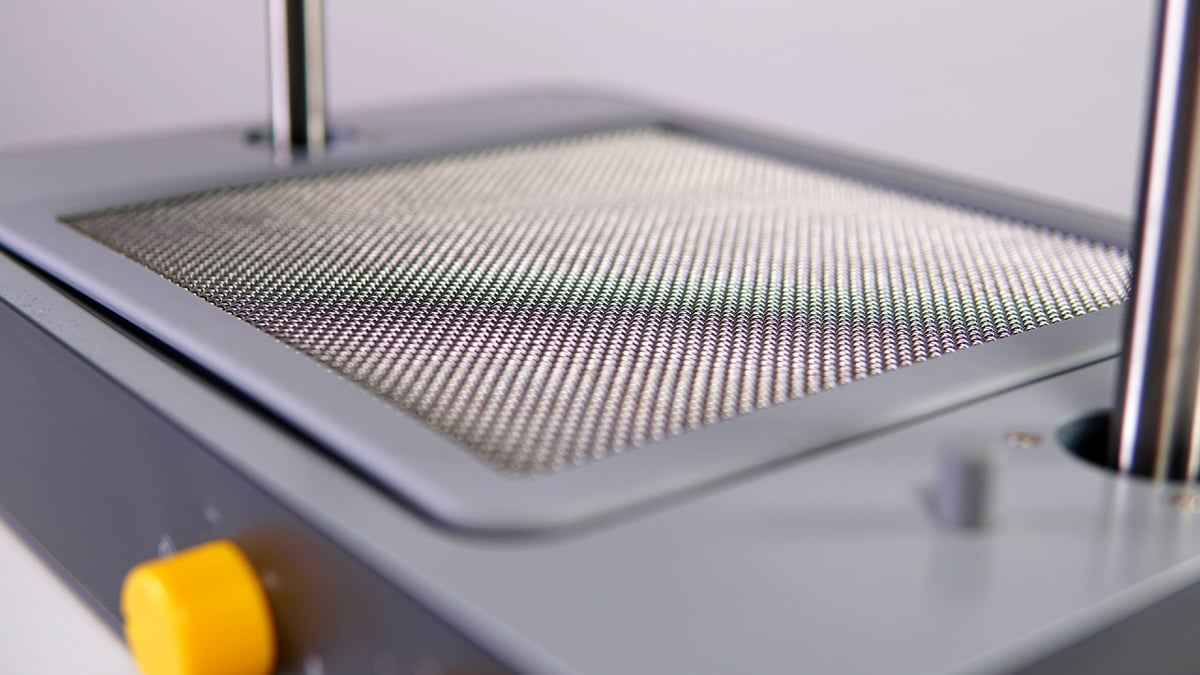
Despite that, if we were grading this machine on usability alone, it would score top marks. It’s simple, clear, and easy to understand, and you’d have to be quite silly to mess it up. Perfect for this reviewer.
The build quality is decent, too, although it’s not easy to tell if it will hold up to intense day-in, day-out use if this choccy business takes off. Speaking of which.
The chocolate business, yes. Here’s what we came up with. It started with something simple – some ordinary teaspoons from the office. Thinking that would be a particularly nice treat to have with some hot chocolate, we managed to form crisp molds that contour the shape well. A fair result, given the spoon’s arguably vacuum-form-rule-bending shape. Not perfect, but not disastrous. We repeated this with pliers and a spanner and, again, gained workable molds for our efforts. Time to up the ante.
We 3D printed a portrait of a model holding a flower pot on her head. An odd choice, sure, but something personal and reflective of the usage we foresee a small business or Etsy creator getting out of the Formbox. It is the sort of distinctive portrait that seemed like it would bring good results. And it did.
Following on from facial topography, actual topography followed with a 3D print of some mountains in North Bohemia. Again, the Formbox delivered, this time picking out some subtle layer details of our print, which is surprising given that it is a resin 3D print with barely perceptible layers.

Verdict
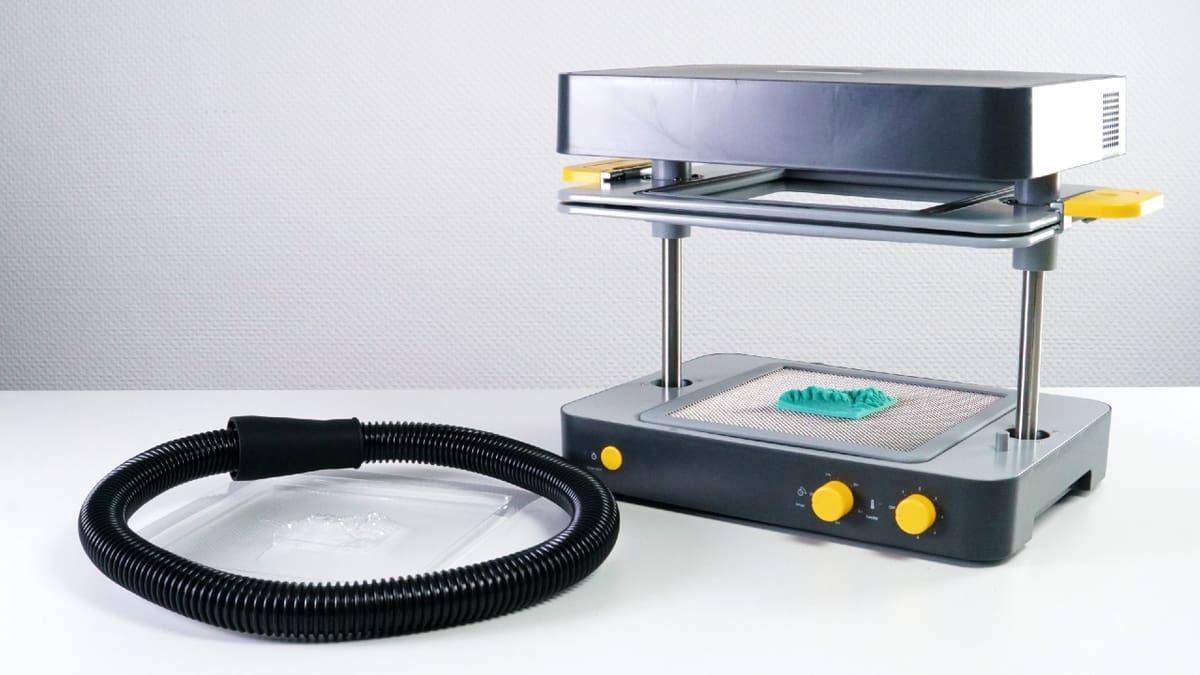
For the most part, the Formbox delivers on Mayku’s promises. Our molds were pretty detailed and definitely accurate, but we did encounter some frustrating creasing occasionally, which took the shine off the finished molds from time to time. There is a knack to this, but it doesn’t feel unattainable. The Mayku Formbox does just one thing, but it does that one thing pretty well.
Ultimately, this machine is limited by how creative you are. This particular reviewer is not particularly, but people with bigger, brighter, and artier (is that a word? Let’s go with yes…) imaginations will no doubt see far more possibilities here. It turns out that it doesn’t matter how good your molds are, if you’re an awful chocolatier, you’re an awful chocolatier.
Inexperienced hands with time, and patience might get more of a “feel” for it and produce better and better molds, but with a limited area for molding and limited shapes and objects you can mold with, how long will it be until you move on to something else?
The Formbox is also $699, which seems like too much money for an object that’s a heater, a shelf on rails, and a vacuum port. Sure, almost everyone has a vacuum, but if you’re spending a buck short of $700, we would expect a complete solution. There’s a feeling here that what this device does could be done just as effectively for a smaller hole in a bank account.
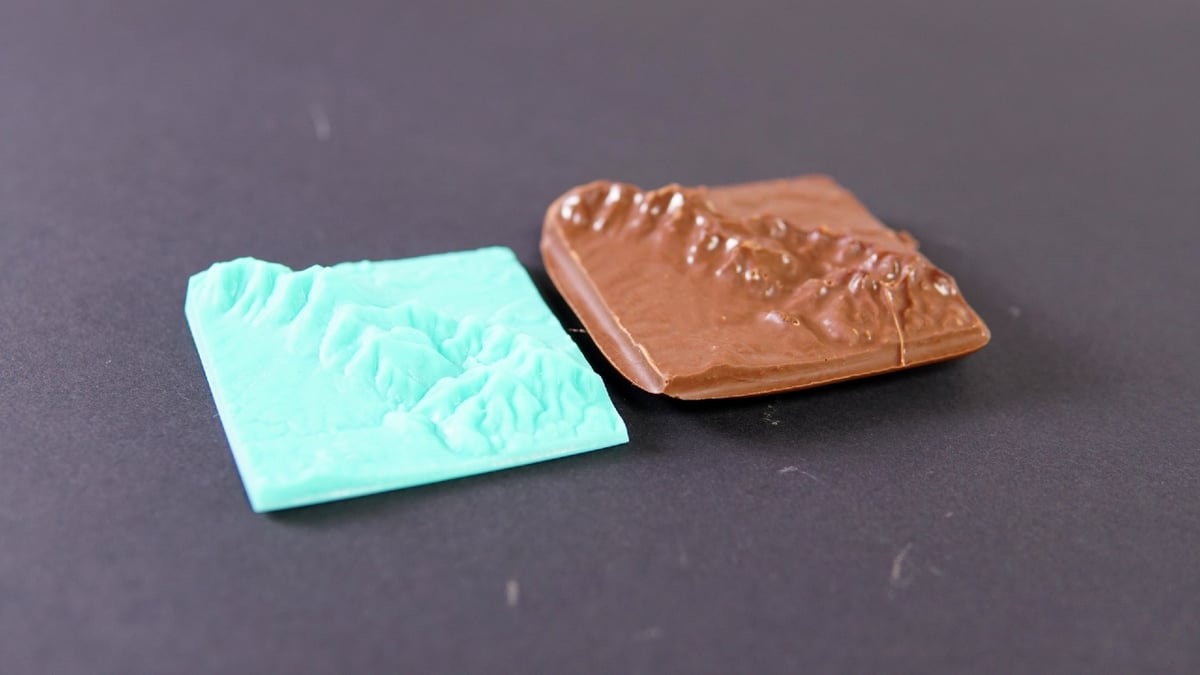

Features
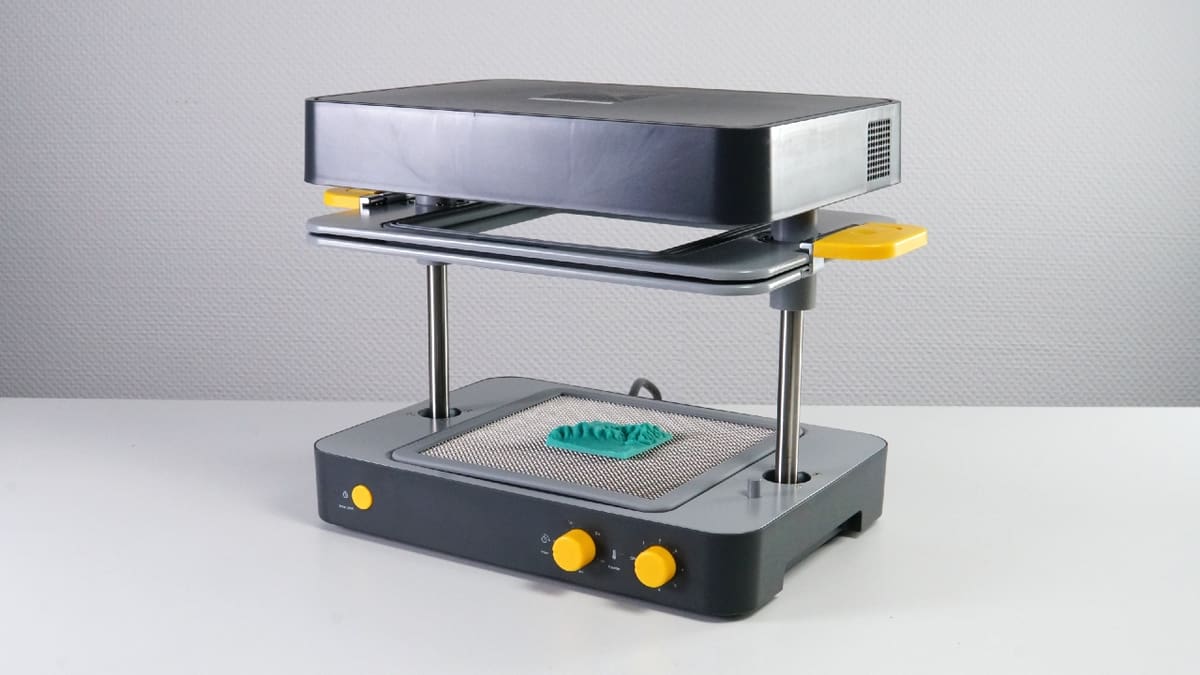
Compact and Neat
The Mayku Formbox measures just 466 by 274 mm on your desktop. That’s not bad at all if you don’t have too much space in your place of creation, though it does mean you also don’t get much space to create with either. Remember to leave easy access to the slots in the back for your vacuum too.
Wide Material Compatibility
All sorts of stuff can be molded by the plastic molds the Formbox produces. The Mayku-branded cast sheets we used in this review are food safe and reusable, so the potential to create lasting molds for repeated use is here. In addition, each unit ships with a package of Mayku Pour, a powder mix that you can use to make durable molds for the Formbox.
Easy Peasy
The Mayku Formbox could be used by more or less anyone. It’s wonderfully simple and makes molds really quickly. There’s also room to experiment though, particularly with the aforementioned material compatibility and different sorts of plastic that it can take and make molds from.

Tech Specs
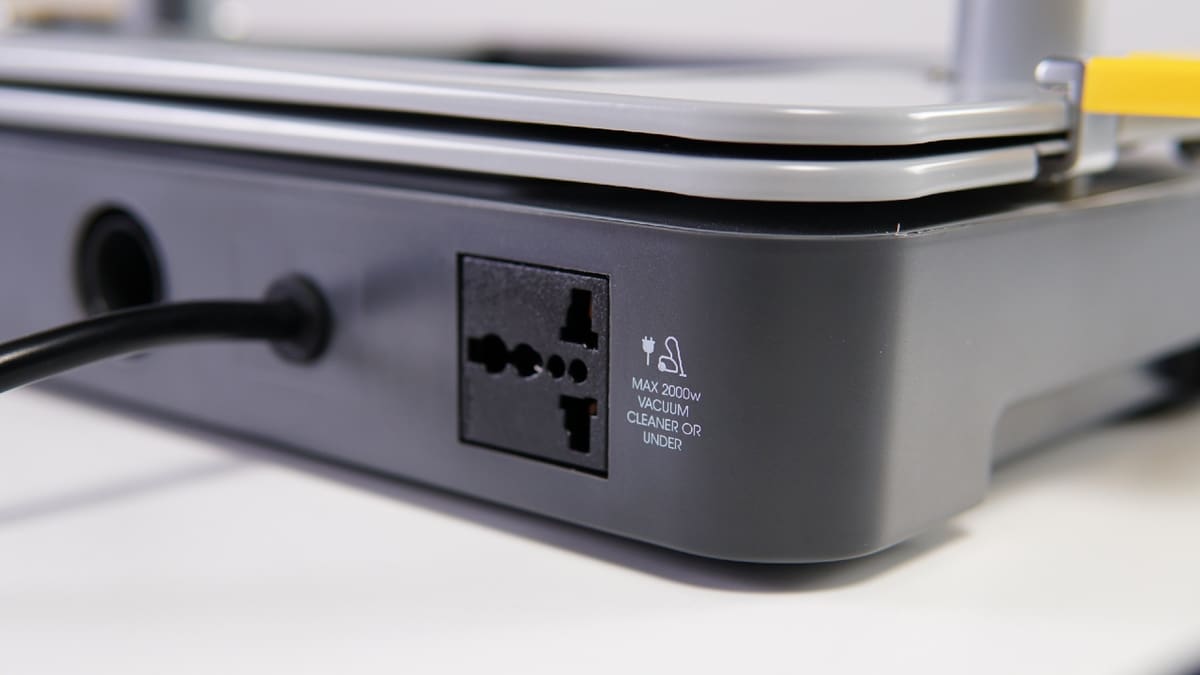
Size and Weight
Height – 315 mm
Length (With Handles) – 466 mm
Width – 274 mm
Forming bed – 200 x 200 mm
Weight – 13 kg
Power
An appropriate model ships based on your territory, along with a plug adapter for your country. 110 and 240 V are available.
Temperature range of the built-in heater is 160 to 340 C.
Compatible Materials
For molding
The Mayku FormBox works best with thermoplastic sheets of 0.25 – 1.5mm in thickness. Here are the technical terms:
- PETG (Commonly found in: Food safe molds)
- HIPS (Commonly found in: Disposable cups)
- ABS (The stuff lego is made from)
- Polystyrene (Commonly found in: Product packaging)
- Polyproperlene (Great for use as a mould for resin casting)
- Polycarbonate (Commonly found in: Drinks bottles)
- Polyethylene (Commonly found in: Sheet and foamed sheet)
- Acrylic PMMA (Commonly found in: Light up signs)
Materials for casting
Concrete, Silicone, Chocolate, Jello, Resin, Ice, Foam, Jesmonite, Plaster, Super Yummy Choccy.

CERTAIN CONTENT THAT APPEARS ON THIS SITE COMES FROM AMAZON. THIS CONTENT IS PROVIDED ‘AS IS’ AND IS SUBJECT TO CHANGE OR REMOVAL AT ANY TIME.